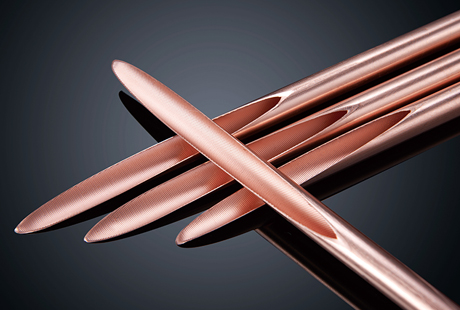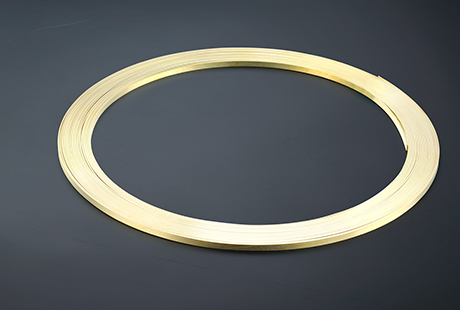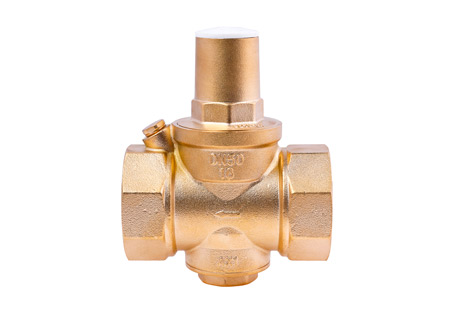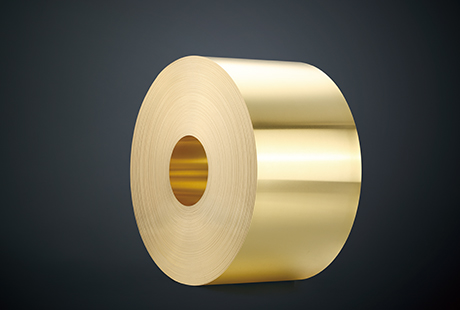Craftsmanship lies at the heart of creating remarkable designs, and mastering the techniques associated with hollow brass rods requires dedication, skill, and an appreciation for the artistry involved. Hollow brass rods offer a unique medium for designers, artists, and artisans to showcase their craftsmanship and create stunning pieces. In this blog post, we will explore the art of craftsmanship when working with hollow brass rods and delve into the techniques that help artisans master their craft. From bending and shaping to joining and finishing, let's delve into the world of craftsmanship with hollow brass rods.
Bending and Shaping Techniques
Bending and shaping hollow brass rods require precision and a deep understanding of the material's properties. Craftsmen often employ various techniques such as cold bending, hot bending, and incremental bending to achieve the desired shapes and curves. Heat may be used to soften the brass rods for more complex bends, while specialized tools like mandrels and jigs aid in shaping the rods accurately. Mastering these techniques allows artisans to create intricate and fluid designs that showcase their craftsmanship.
Joining and Connecting Methods
Joining hollow brass rods requires meticulous attention to detail and a range of techniques. Welding, brazing, and soldering are commonly used methods to connect hollow brass rods, depending on the application and design requirements. Each joining technique demands precision in terms of temperature control, filler material selection, and proper preparation of the connecting surfaces. Skilled craftsmen understand these techniques and can execute them flawlessly, resulting in seamless connections and durable structures.
Finishing and Surface Treatments
The finishing of hollow brass rods plays a vital role in the overall aesthetic appeal of the final piece. Craftsmen employ various surface treatments such as polishing, brushing, patination, and lacquering to achieve desired finishes. Polishing enhances the natural luster of the brass, while brushing creates distinctive textures. Patination introduces unique colorations and aged effects, adding depth and character to the rods. Choosing the appropriate finishing technique requires an understanding of the design intent and the desired visual impact.
Design Integration and Composition
Craftsmanship with hollow brass rods involves not only mastering specific techniques but also understanding design integration and composition. Artisans need to envision how the hollow brass rods fit within the broader design concept. They must consider proportions, scale, and balance to ensure that the finished piece harmonizes with its surroundings. The skillful integration of hollow brass rods into the overall design elevates the craftsmanship and showcases the artisan's attention to detail.
Attention to Detail and Quality
The art of craftsmanship demands unwavering attention to detail and a commitment to quality. Artisans who work with hollow brass rods pay meticulous attention to every aspect of their creations. They ensure precise measurements, smooth finishes, and flawless connections. By upholding the highest standards of craftsmanship and consistently delivering exceptional quality, these artisans showcase their mastery of the techniques associated with hollow brass rods.
The art of craftsmanship comes alive when working with hollow brass rods. Mastery of bending and shaping techniques, joining and connecting methods, finishing and surface treatments, design integration, and attention to detail is key to creating remarkable pieces. Through dedication, practice, and an unwavering commitment to quality, artisans can achieve extraordinary results with hollow brass rods. Embrace the art of craftsmanship and unlock the endless possibilities that hollow brass rods offer, allowing your creativity to flourish and your skills to shine.

 English
English 日本語
日本語 한국어
한국어 français
français Deutsch
Deutsch Español
Español italiano
italiano العربية
العربية tiếng việt
tiếng việt Türkçe
Türkçe ไทย
ไทย 中文
中文





